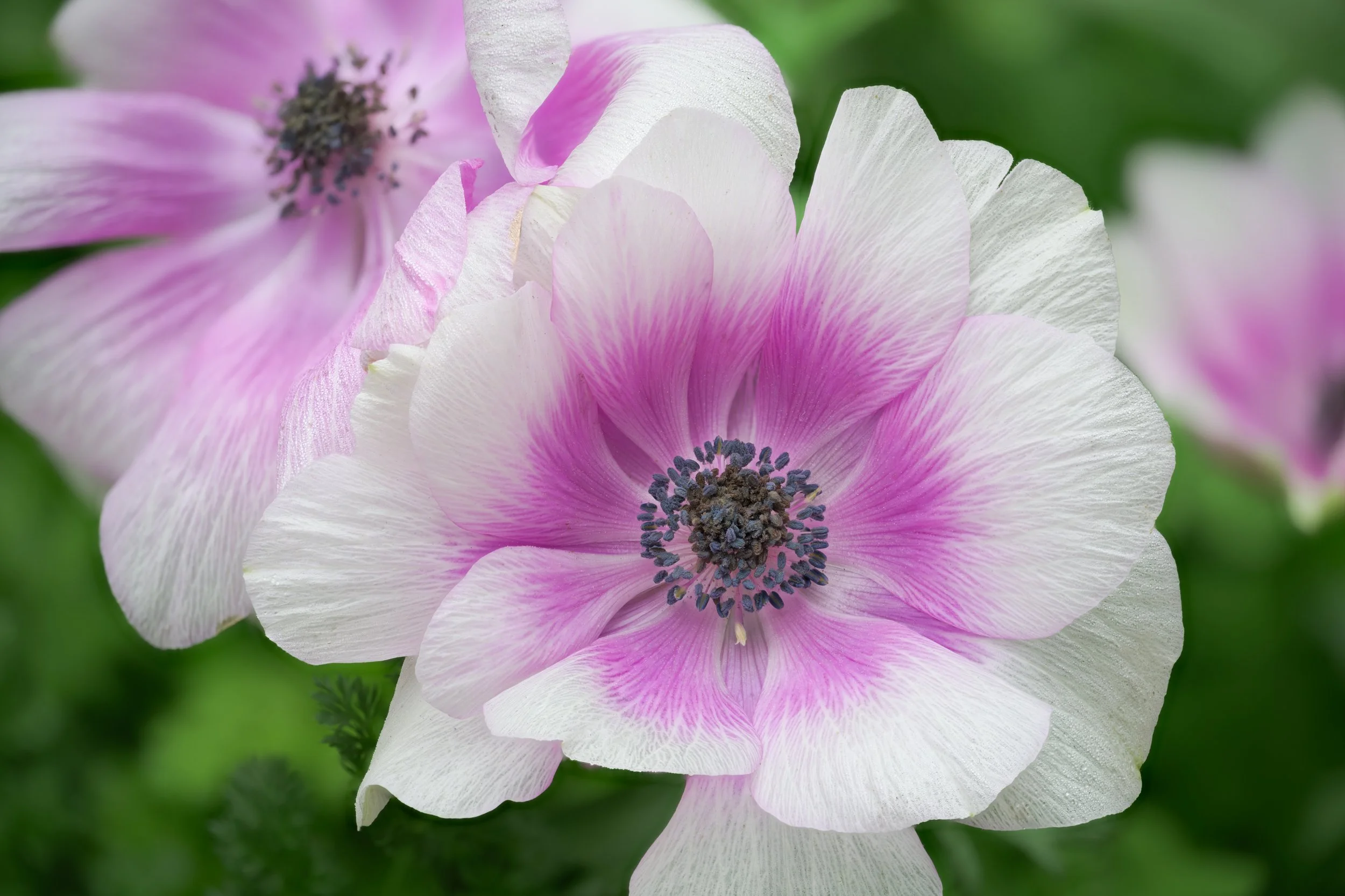
Our story
Lanakila Gardens, Inc. is a not-for-profit Foundation established in 2022. The gardens are located on a conservation easement, held by the North Florida Land Trust, which was created in 2004. The name Lanakila is derived from the Hawaiian word for “victory, to prevail, to overcome”.
The property includes the historic 19th-century King House which is surrounded by 250-year-old live oaks on a high bank on the St Johns River. Harriet Beecher Stowe’s house was located on the adjoining property, both having been part of the Samuel Fairbanks Grant. Wellington Cummer purchased the property in 1964. He designed the Formal Garden in the late 1960s using large boxwood and Podocarpus hedges taken from Mrs. Waldo Cummer’s upper garden at 761 Riverside Avenue. The three-tiered topiaries also came from her garden.
Lanakila Gardens encompasses 2.5 acres of organically-maintained, ecologically-mindful gardens of high horticultural merit.
Our Gardens
The success of these diverse garden spaces lies with the fertile organic soil, which is sensitively conserved alongside our diverse plant collections and wildlife habitat. The gardens range in theme from resilient riparian edge plantings to formal parterres under ancient Live Oak canopy. These organic gardens incorporate edibles, ornamentals, towering timber bamboos and tropical fruit trees, changing dynamically as the seasons shift. An open-air greenhouse sits at the heart of the Kitchen Garden, where seeds are grown year-round to produce young plants in quick succession for use across 2.5 acres.
The Food Park, located on the 1.5 acre field at the south end of the property, was created in 2012 by Valerie Herrmann, owner of First Coast Urban Ag. Valerie’s years of experience and knowledge of gardening in tropical locations, including Hawaii, contribute to the diverse edible plants in this sustainable garden. Once a dry field on the footprint of a struggling citrus grove, the Food Park today is an abundant habitat for people, plants and wildlife to thrive. After 13 years of layered wood mulching, cover cropping, and organic soil amendments, the land has transformed from sterile sand to fertile, dark soil rich with organic matter. The ongoing stewardship of our organic soils is central to the spirit and success of Lanakila Gardens.
Garden Manager and Principal Designer Madelaine LeDew has directed the evolution of Lanakila Gardens since 2018. Her contributions include the design, installation and stewardship of The Flower Field, River Garden, Woodland Path and Spring Shrub Border, in addition to augmenting and reinterpreting the Formal Garden, Kitchen Garden and perimeter plantings. In response to flooding caused by Hurricane Irma in 2018, Madelaine created the River Garden along the property’s riparian edge to showcase resilient perennials that will withstand storm surge flooding and brackish water intrusion. In 2019, Madelaine began work on the Flower Field, a central feature of Lanakila Gardens, where flowing herbaceous borders of intense horticultural diversity lead to a winding woodland path. This garden features cut flower cultivars of exceptional rarity based around an unconventional perennial framework, all lovingly grown from seed or bulb. In 2022, Madelaine took a 16-month sabbatical from Lanakila Gardens to pursue a year-long horticulture apprenticeship at Great Dixter House and Gardens in East Sussex, England. This experience was bookended by four months spent working at Chanticleer Garden in Wayne, Pennsylvania, whose generous support made this scholarship possible. Madelaine credits this life-changing opportunity for shifting her perspective on the largely unexplored potential of ornamental horticulture in northeast Florida. Under her direction, dedicated gardeners learn and contribute their varied experiences to the growth and maintenance of the garden spaces.





